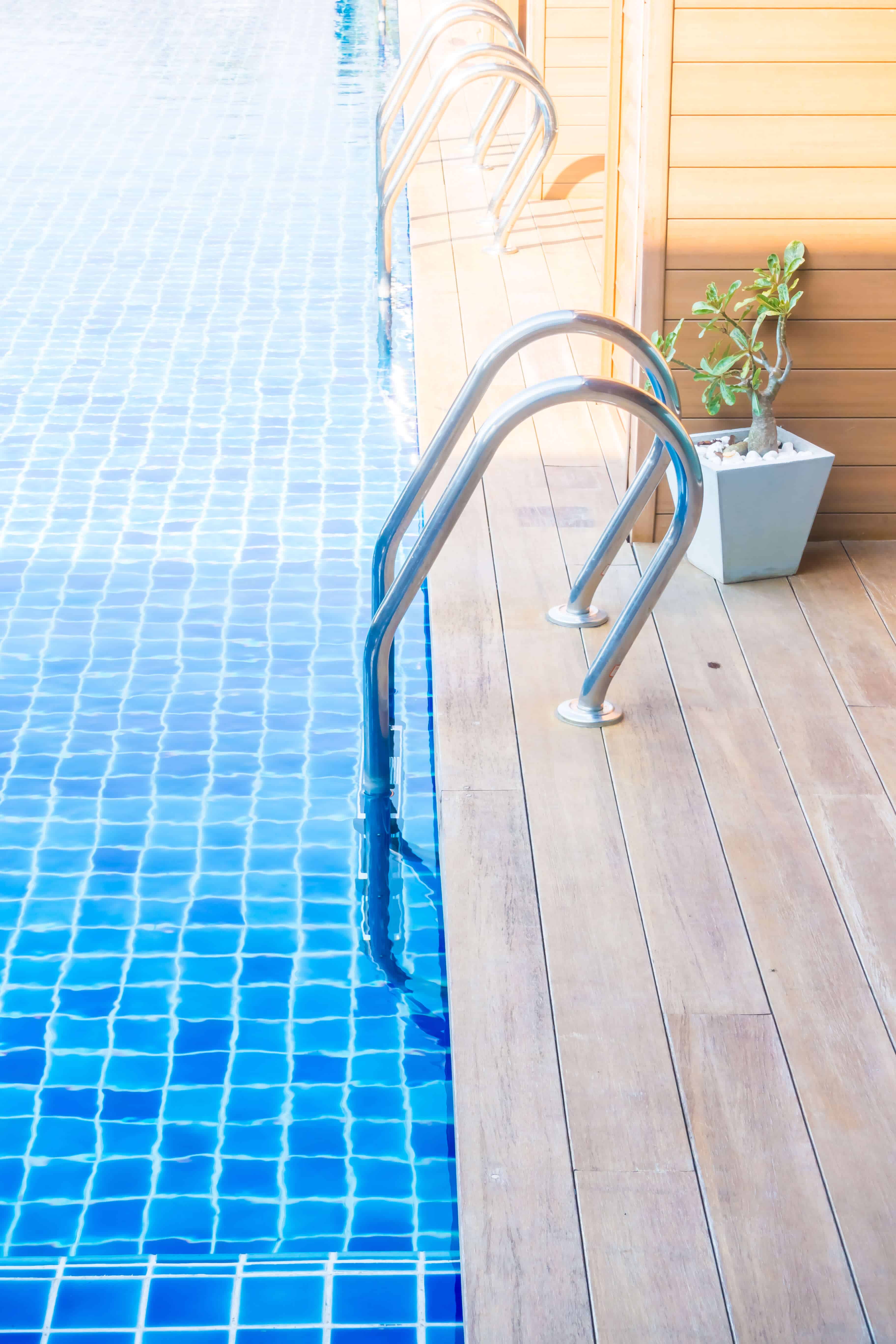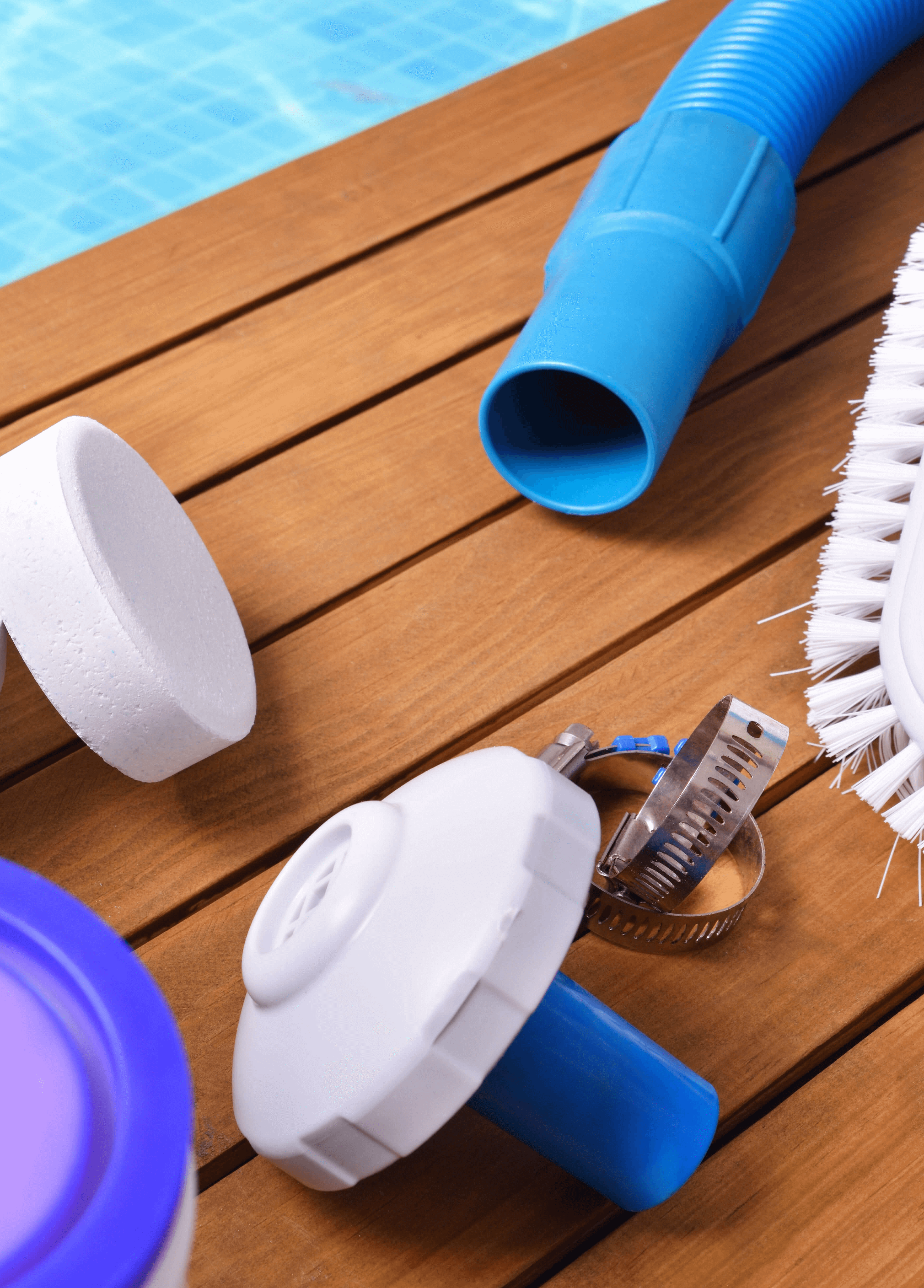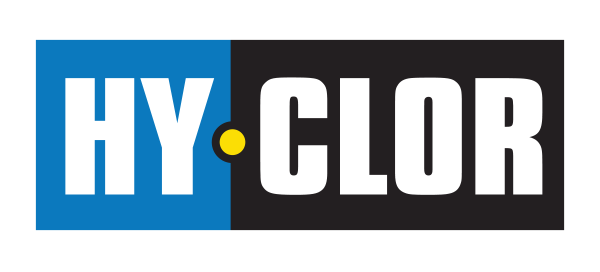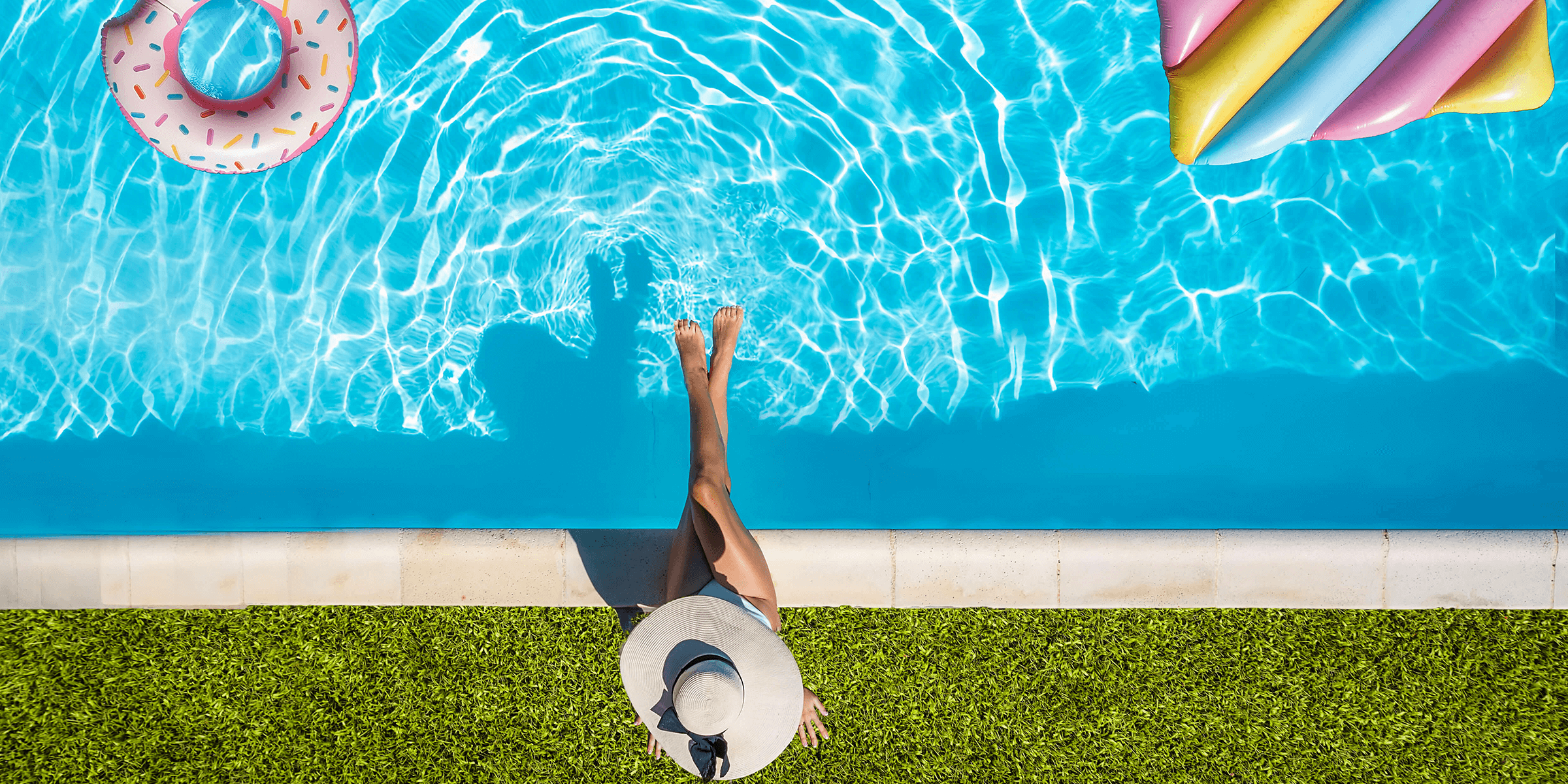Thinking about installing or replacing your pool pump? We’ve got you covered!
A properly installed pump isn’t just a piece of equipment—it’s the key to a safe, sparkling, and worry-free pool experience!
This blog will walk you through how to install a pool pump (it’s easier than you think!). You’ll learn about the tools and materials needed, common mistakes to avoid, and top tips to keep your pump running smoothly for years. By the end, you’ll be ready to handle your pool maintenance with a brand-new pump in place.

Tools and Materials Needed for Pool Pump Installation
Before installing your new pool pump, gather these essential tools and materials for a smooth process.
Tools:
- Screwdrivers (flathead and Phillips)
- Wrenches (adjustable or fixed)
- PVC pipe cutter or saw
- PVC glue
- PVC primer
- Measuring tape
- Level
- Pliers (optional)
Materials:
- PVC pressure pipes (correct diameter)
- PVC pressure fittings (elbows, couplings, adapters)
- Hose clamps (if using flexible hosing)
- Electrical wiring and connectors, if required
Key Considerations: Make sure to choose the right pump model for your pool’s size and type. Also, ensure the pump’s flow rate matches your filter’s flow rate for optimal performance and to prevent damage.
Preparing for Installation
Here’s what you need to do before you even think about picking up a wrench:
First and foremost, turn off the power!
This is the most critical step. Locate the circuit breaker that controls the pool equipment and switch it off. Double-check that the power is off using an electrical tester before proceeding. This simple step can prevent serious injury.
If you’re replacing an existing pump, you’ll need to remove the old one.
Start by disconnecting the electrical wiring after confirming the power is off. Then, carefully disconnect the plumbing connections. This might involve unscrewing fittings/unions, cutting pipes, or loosening hose clamps. Be prepared for some residual water to spill out, so have a bucket or towels handy.
Once the plumbing and electrical connections are detached, you can remove the old pump.
Finally, choose a suitable location for your new pump.
The location should be:
- Level
- Well-ventilated
- As close as possible to the filter system
A level surface will allow the pump to operate properly and will prevent strain on the motor. Good ventilation protects from overheating, which can shorten the pump’s lifespan. Proximity to the filter minimises friction loss and maximises efficiency. Check…


Step-by-Step Pool Pump Installation Process
Here’s how to install a new pool pump:
Now that you’ve learned how to install a pool pump, what’s the best way to keep it running smoothly?
FAQs About How to Install a Pool Pump
FAQs About How to Install a Pool Pump
If you are familiar with pool equipment and plumbing, it can be possible to install a pool pump yourself. However, if you have any doubts, it’s best to hire a professional. They can ensure proper installation, follow local codes, and prevent potential issues from an incorrect setup.
The installation process typically takes between 1 to 3 hours, depending on the complexity of your pool’s plumbing system and whether any additional adjustments or upgrades are needed.
The cost of installing a new pool pump varies depending on the type of pump and local labour rates. On average, the total expense ranges from AUD 600 to AUD 1,800, including the pump and professional installation.
The size of the pool pump depends on your pool’s volume and filtration system. A pump should be capable of circulating the full volume of your pool within 8 hours. Consult your pool’s specifications and a professional to determine the optimal pump size for efficient performance. It is important to match your pump’s flow rate to the acceptable flow rate of your sand or cartridge filter. An excessively strong pump can damage a smaller filter and will also damage the pump itself.
Get Your Pool Pump Running Smoothly With Hy-Clor’s Expert Solutions
Installing a pool pump might seem like a big job, but as we’ve seen, with careful preparation and attention to each step—from positioning and plumbing to priming and testing—you can get your pool circulating beautifully.
Remember, proper setup and regular maintenance are key to optimal performance.
Hy-Clor has everything you need to keep your pool sparkling and ready for fun—from pumps and filters to all the accessories that make maintenance a breeze!
Take control of your water quality! Test it effortlessly with our free water testing kiosks or mobile app for fast, accurate results you can trust.
Need help? Contact our expert team for personalised support on 1800 625 123 or help@hyclor.com.au.




